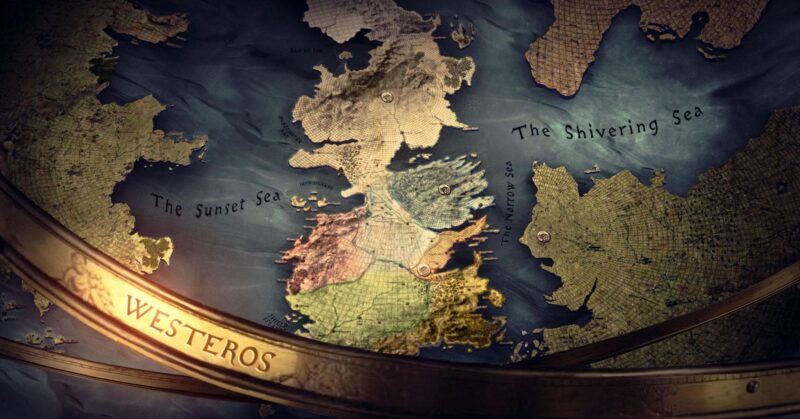The world of Game of Thrones is much larger than Westeros, the land most commonly associated with the popular TV series. While the show primarily focuses on the political power struggles and epic battles within the Seven Kingdoms of Westeros, some other continents and regions are rarely mentioned but hold their own hidden treasures and unusual habitats. In this article, we will explore the forgotten continent of Essos and delve into the mysteries of the nine free cities.
Pentos
Pentos, a wealthy and influential city-state in Essos, stands as one of the Free Cities and is known for its opulence, trade, and political maneuvering. Nestled along the continent’s western coast, Pentos is characterized by its grand architecture, including the famous Palace of the Prince, a sprawling residence that symbolizes the city’s affluence. The city’s layout combines gardens, canals, and impressive buildings, showcasing its commitment to aesthetics and luxury.
Pentos plays a crucial role in the intricate web of Essosi politics and trade. The city thrives on commerce, with its bustling markets and harbors serving as vital hubs for exchanging goods from both Westeros and the Free Cities. The Sealord, the city’s ruler, holds a powerful position, though the true political dynamics are often shaped by the powerful merchant families who wield considerable influence behind the scenes. The city’s political landscape is marked by subtle alliances, rivalries, and a delicate balance of power.
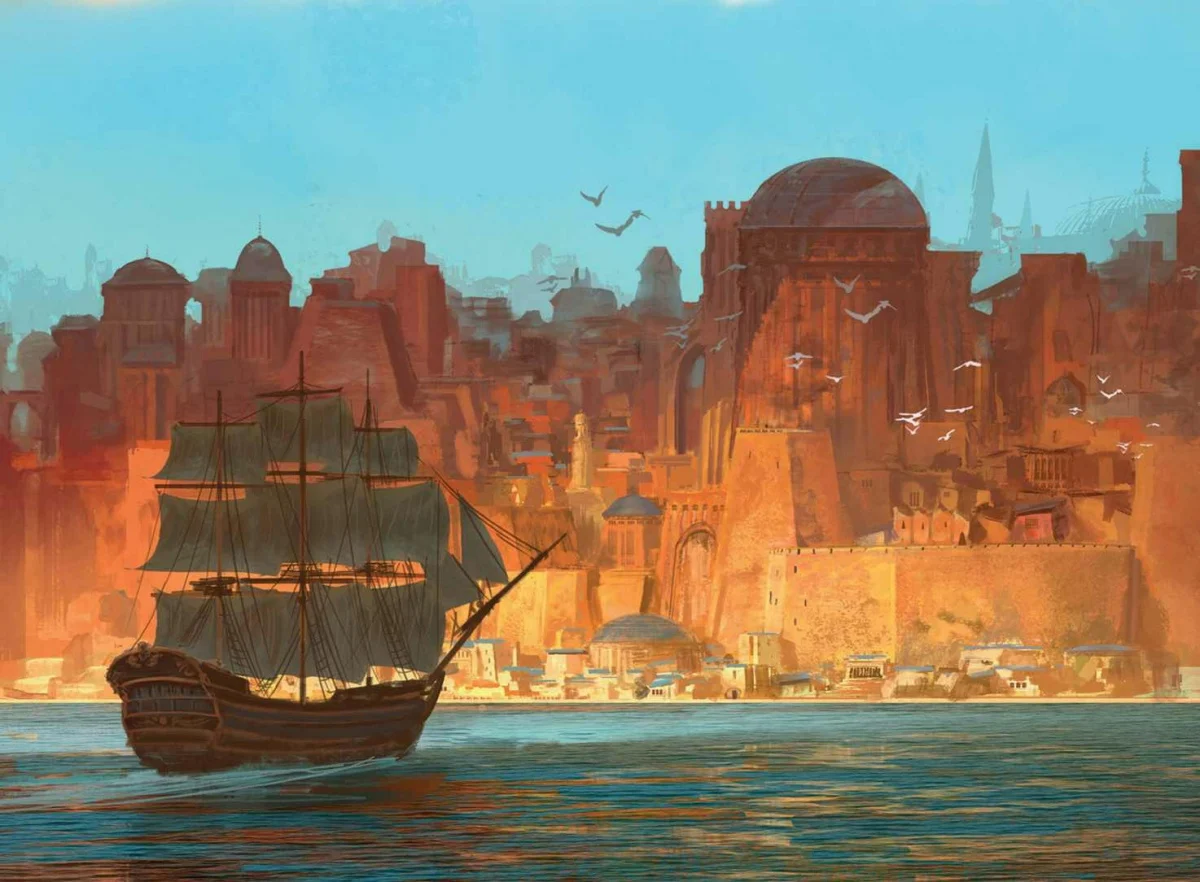
Culturally diverse, Pentos is home to a mix of peoples, and its society reflects a certain cosmopolitan flair. The city is also known for its famous festivals and celebrations, attracting visitors across Essos and beyond. Despite its apparent prosperity, Pentos, like many of the Free Cities, harbors its own secrets and intrigues, with factions and hidden powers vying for control beneath the veneer of wealth and glamour.
“There was no slavery in the free city of Pentos. Nonetheless, they were slaves.”
—thoughts of Daenerys Targaryen
Braavos
Braavos, the enigmatic and powerful city-state of Essos, stands as one of the Free Cities, its origins shrouded in mystery and intrigue. Founded by runaway slaves and refugees who sought sanctuary from Valyrian oppression, Braavos developed into a bastion of freedom and diversity. Its unique geography, situated on a group of islands connected by bridges and waterways, reflects its maritime prowess and the importance of the sea in its culture.
The city is a melting pot of different cultures and ethnicities, fostering a sense of tolerance and cosmopolitanism. The Titan of Braavos, a colossal statue guarding the entrance to the city’s harbor, symbolizes its strength and independence. Braavos is home to the Iron Bank, an institution known for its financial influence and ruthless debt collection. The Faceless Men, a secretive and lethal guild of assassins, also find their roots in the dark corners of Braavos, training in the House of Black and White.
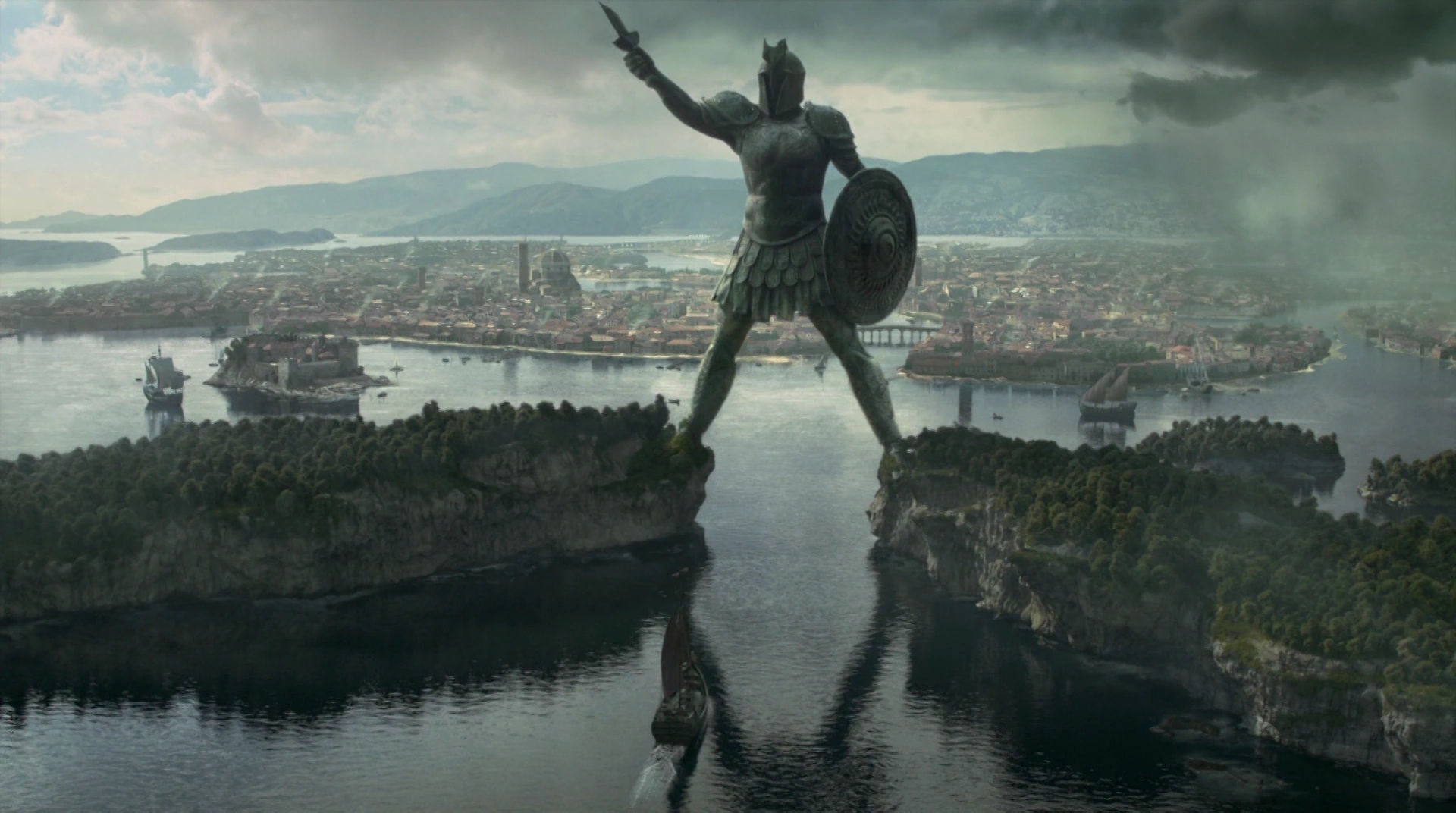
Braavos is a city of contrasts, blending opulent wealth with squalid poverty. The canals and narrow streets of the city hide a complex social structure where the powerful elite and the destitute coexist. As a hub of commerce and intrigue, Braavos plays a significant role in the political landscape of Essos, shaping the destinies of individuals and nations across the known world.
“Braavos is the odd duck among the Nine Free Cities, but still more Valyrian than Andal in its origins.”
—George R. R. Martin
Lys
Lys, a radiant jewel among the Free Cities of Essos, is renowned for its beauty, pleasure houses, and exotic allure. Situated on the island of Lys in the Summer Sea, the city boasts stunning architecture, with ivory towers and marble palaces rising above azure waters. Lysene society places a high value on physical beauty, and the city is known for producing some of the most stunning and alluring courtesans in the known world.
The city’s economy thrives on the slave trade, with the Lysene nobility often owning vast numbers of slaves to attend to their every need. The famed pleasure houses of Lys are legendary, catering to the desires of both locals and visitors. The city is also a hub for exotic goods, and its markets overflow with rare spices, silks, and other luxuries. The political landscape is characterized by a complex system of magisters and a ruling council, where power is often wielded with a deft touch, blending political maneuvering with the pursuit of pleasure.
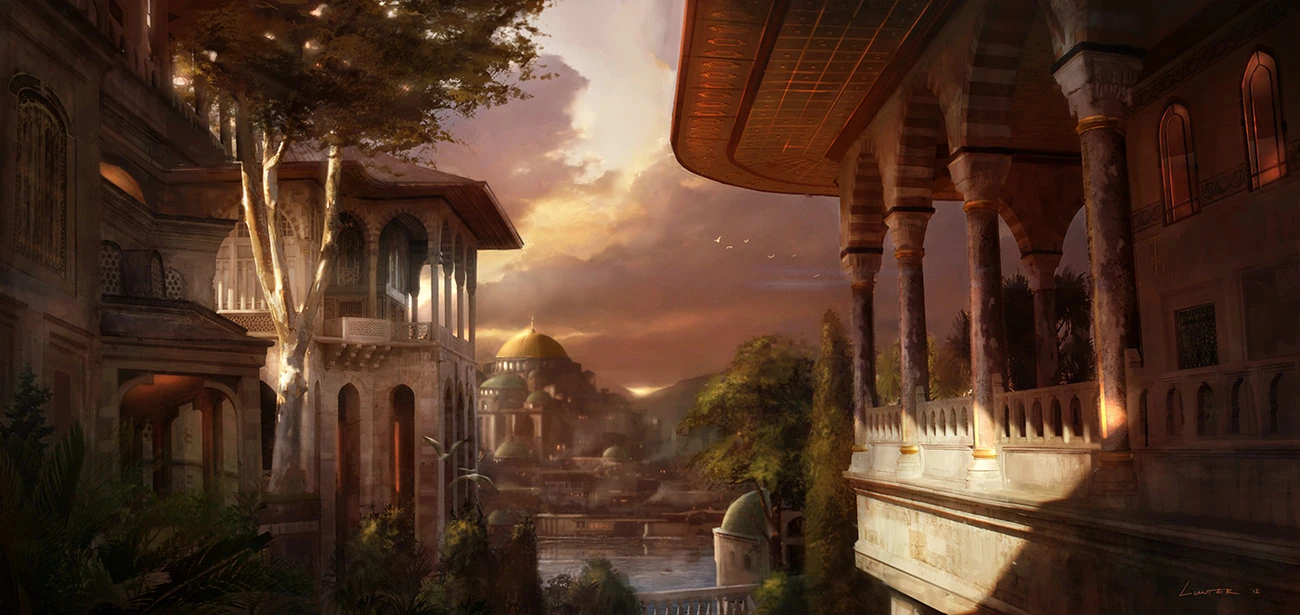
Culturally rich, Lys has a reputation for decadence and excess, and its people revel in the pursuit of pleasure and beauty. The city’s reliance on slavery, however, also makes it a focal point of moral and ethical scrutiny, with tensions simmering beneath the surface. Lys is a city of contradictions, where beauty and luxury coexist with darker undercurrents, creating a tapestry of intrigue and desire.
“To this day, Lys remains “a feast for the senses, a balm for the soul.” Its pillow houses are famed through all the world, and sunsets here are said to be more beautiful than anywhere else on earth.”
—writings of Yandel
Qohor
Qohor, a mysterious and ancient city in Essos, is shrouded in a certain air of enigma and renowned for its unique traditions and practices. Nestled along the river Qhoyne, the city is surrounded by thick black walls, constructed from the mysterious and resilient material known as “black stone.” Qohor is a city with a rich history, and its origins are said to predate the rise of the Valyrian Freehold.
One of the most distinctive features of Qohor is its famed blacksmiths, who are known for their exceptional skill in working with the mysterious and magical substance known as Valyrian steel. The city’s forges produce some of the finest blades in the world, and the Qohorik smiths are highly sought after for their expertise. The city’s religious practices also set it apart, as Qohor is home to the Black Goat, a deity worshiped by the inhabitants through sacrificial rituals involving animals and, in some cases, humans.
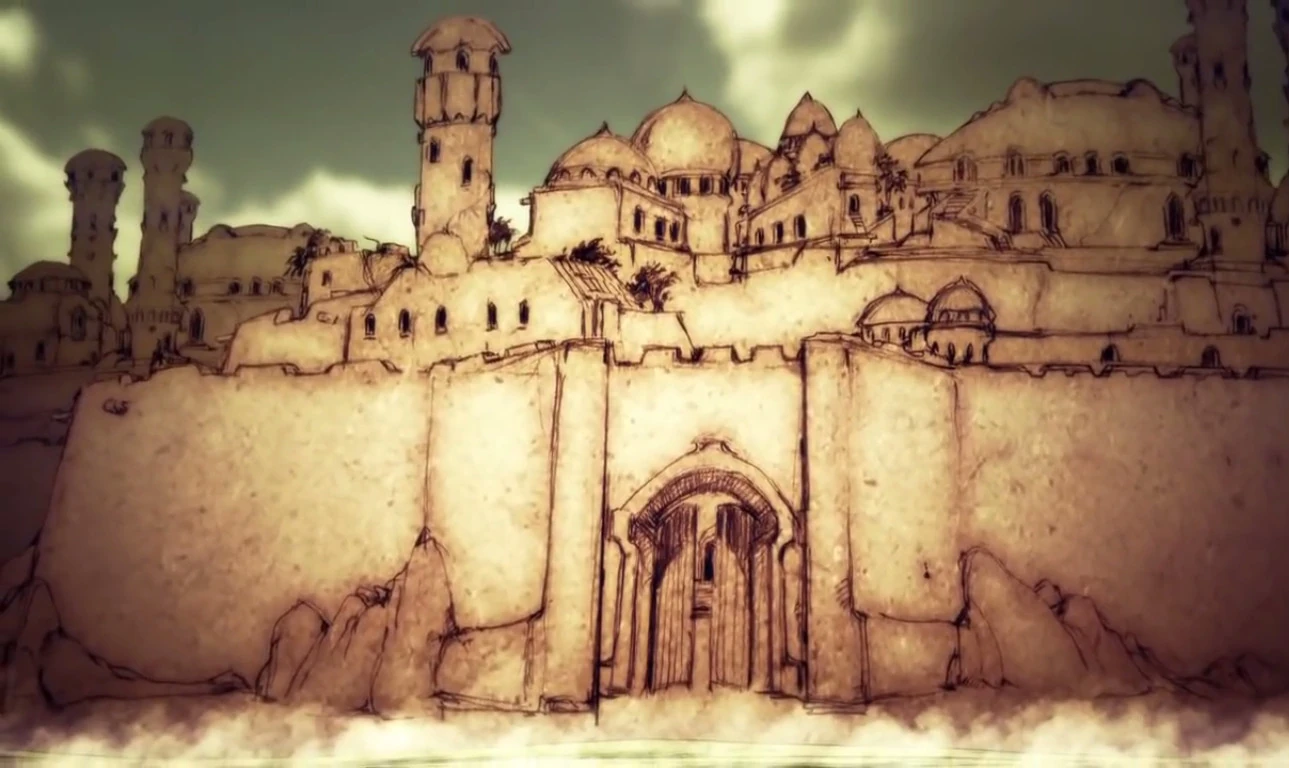
Qohor’s society is structured around a complex system of guilds and a ruling council known as the Thirteen. The city maintains a degree of isolationism, and its people hold their traditions and secrets close. The mysteries surrounding Qohor, combined with its unique craftsmanship and religious practices, make it a city that stands apart from the other Free Cities of Essos, leaving much for outsiders to speculate and wonder about.
“The woods that surround Qohor are the principal source of the city’s wealth.”
—writings of Yandel
Norvos
Norvos is a city with a distinct cultural identity and a history deeply intertwined with religious practices. Nestled at the confluence of the rivers Noyne and Sarne, Norvos is characterized by its towering beehive-like structures, known as the Three Exalted Towers, each housing a different ruling family. The city is also famed for its impressive bridge, the Long Bridge of Norvos, which spans the Noyne River and serves as a crucial artery connecting the city’s two halves.
Norvos is renowned for its intricate and highly sought-after carpets, which are woven with great skill and artistry by the city’s craftsmen. These carpets are prized across Essos and beyond, contributing to Norvos’s economic prosperity. The city’s society is structured around a complex system of ruling families and guilds, each vying for influence and control. The Norvoshi are known for their martial prowess, and the city maintains a standing army, as well as a renowned group of warriors known as the Bearded Priests, who serve as both religious figures and formidable fighters.
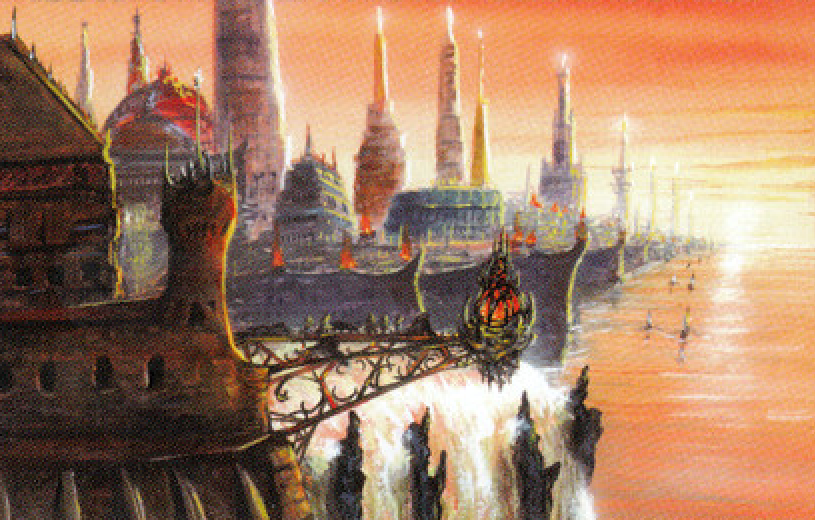
Religion plays a pivotal role in Norvoshi life, with the city being home to the Black Goat, a deity associated with death and fertility. The Bearded Priests, who wear long, braided beards and wield axes, serve the Black Goat and play a central role in the city’s religious ceremonies. Norvos’s unique combination of martial traditions, skilled craftsmanship, and a deeply ingrained religious culture make it a city with a distinct character in the tapestry of Essos.
Myr
Myr stands as a hub of industry, innovation, and mercantile prowess. Located on the western coast, Myr is known for its bustling ports and extensive trade networks, making it a key player in the economic landscape of Essos. The city’s wealth is driven by its thriving production of fine goods, including intricate lace, textiles, and lenses crafted by skilled artisans. Myrish lenses, in particular, are highly coveted for their quality and are utilized across the known world for various purposes.
The city is governed by a ruling council of magisters, with a political structure that balances the interests of powerful merchant families. Myr’s society is marked by a spirit of entrepreneurship and a focus on technological innovation. The city is also home to the Alchemists’ Guild, where skilled alchemists and scholars conduct research, contributing to the city’s reputation for advancements in science and alchemy.
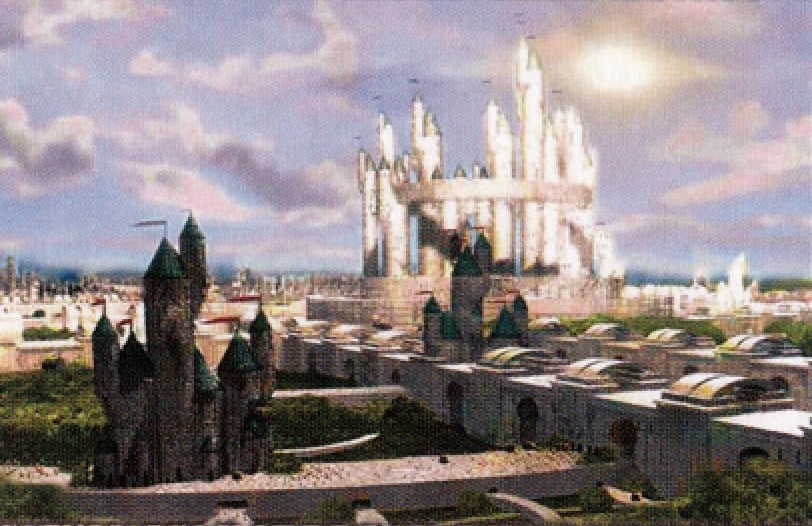
Myr’s cultural diversity is reflected in its population, which includes both native Myrmen and immigrants from various corners of Essos and beyond. The city’s open-minded atmosphere and tolerance for different beliefs contribute to its cosmopolitan character. Despite its economic prosperity and cultural richness, Myr, like other Free Cities, has its share of political intrigues and power struggles among its ruling elite, adding layers of complexity to its vibrant tapestry.
“The men of Myr are indifferent sailors and feeble soldiers; their weapons of choice are dirk, dagger, and crossbow, preferably poisoned.”
—writings of Gyldayn
Tyrosh
Tyrosh is a city characterized by its vibrant colors, mercenary culture, and political volatility. Located on the Archipelago of Tears, Tyrosh is renowned for its distinct architecture, with buildings painted in a riot of colors that reflect the city’s lively and diverse atmosphere. The city is governed by a Prince, who holds power with the support of a council of magisters. Tyrosh has a long history of political instability, marked by frequent changes in leadership and internal strife.
The Tyroshi are known for their skilled artisans, particularly in the creation of ornate and brightly dyed fabrics. The city’s textiles, including the famous striped cloaks, are highly sought after across Essos. Tyrosh is also renowned for its mercenaries, the Second Sons being one of the most notable sellsword companies originating from the city. The presence of such mercenaries has often made Tyrosh a key player in the power struggles and conflicts that plague the Free Cities.
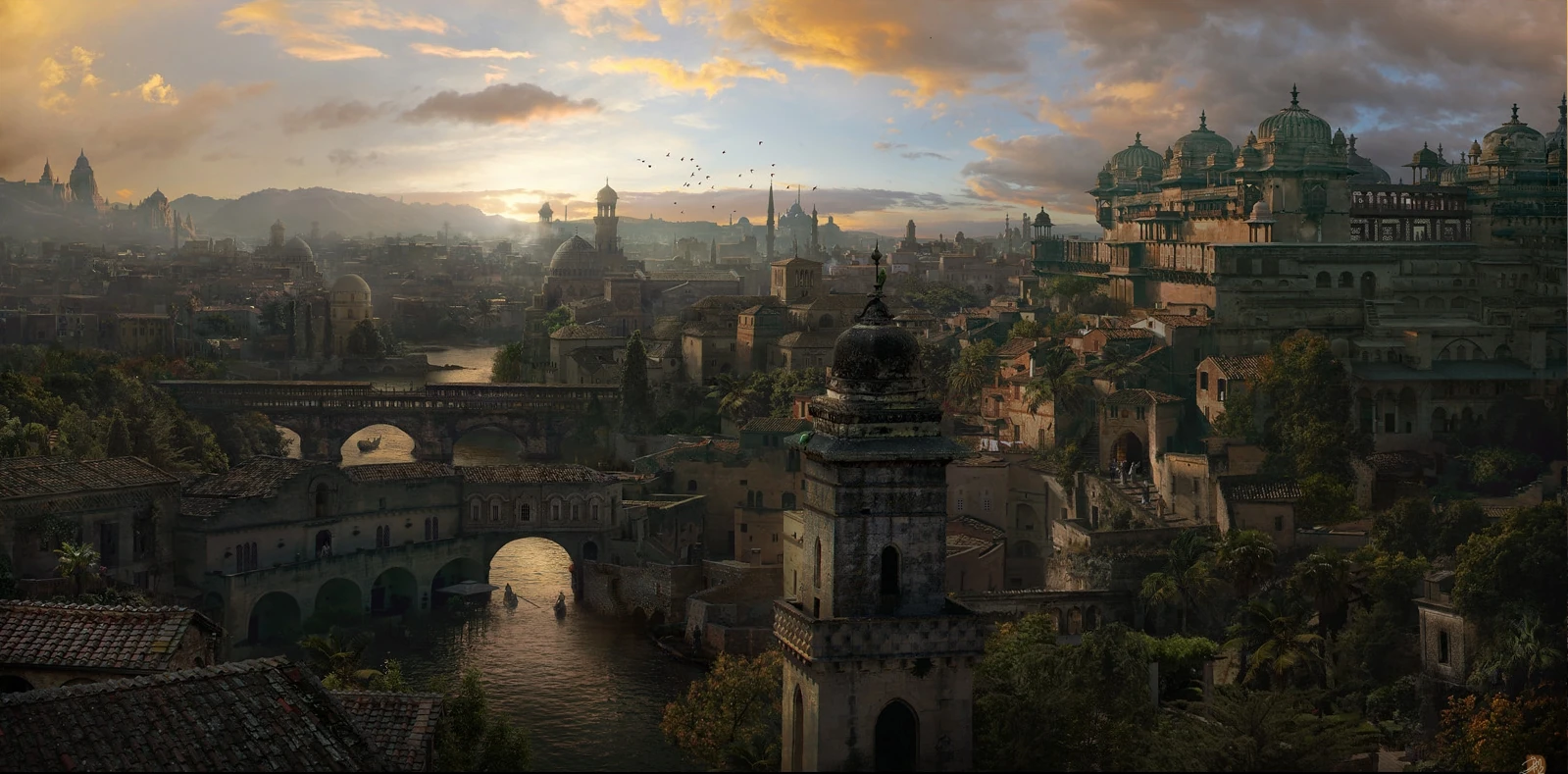
Culturally diverse, Tyrosh is home to people of various backgrounds, including the native Tyroshi and immigrants from different regions. The city’s famed pleasure houses, where entertainment and companionship are on offer, contribute to its reputation as a center of hedonism and decadence. Tyrosh’s complex blend of vibrant culture, political intrigue, and martial tradition makes it a dynamic and unpredictable force in the ever-shifting landscape of Essos.
Volantis
Volantis, the southernmost and oldest of the Free Cities in Essos, is a city of grandeur, power, and stark social divisions. Nestled at the mouth of the Rhoyne River, Volantis boasts immense structures, including the Black Walls that encircle the city, reflecting its historical significance and military strength. The city is governed by a triarchy, consisting of three rulers known as triarchs, chosen from among the city’s noble families. Volantis has a deep cultural and historical connection to the Valyrian Freehold, with remnants of that era still visible in its architecture and traditions.
Volantis is a city of stark contrasts, with a clear divide between the upper and lower classes. The Old Blood, a term used to describe the city’s ancient and noble families, holds considerable power and influence, perpetuating a hierarchical social structure. The lower classes, often consisting of slaves and the disenfranchised, live in the shadow of the Black Walls, facing poverty and hardship. The city’s famous Long Bridge, adorned with towering statues of various Valyrian dragons, symbolizes the connection between the old and new, as well as the social divisions within Volantis.
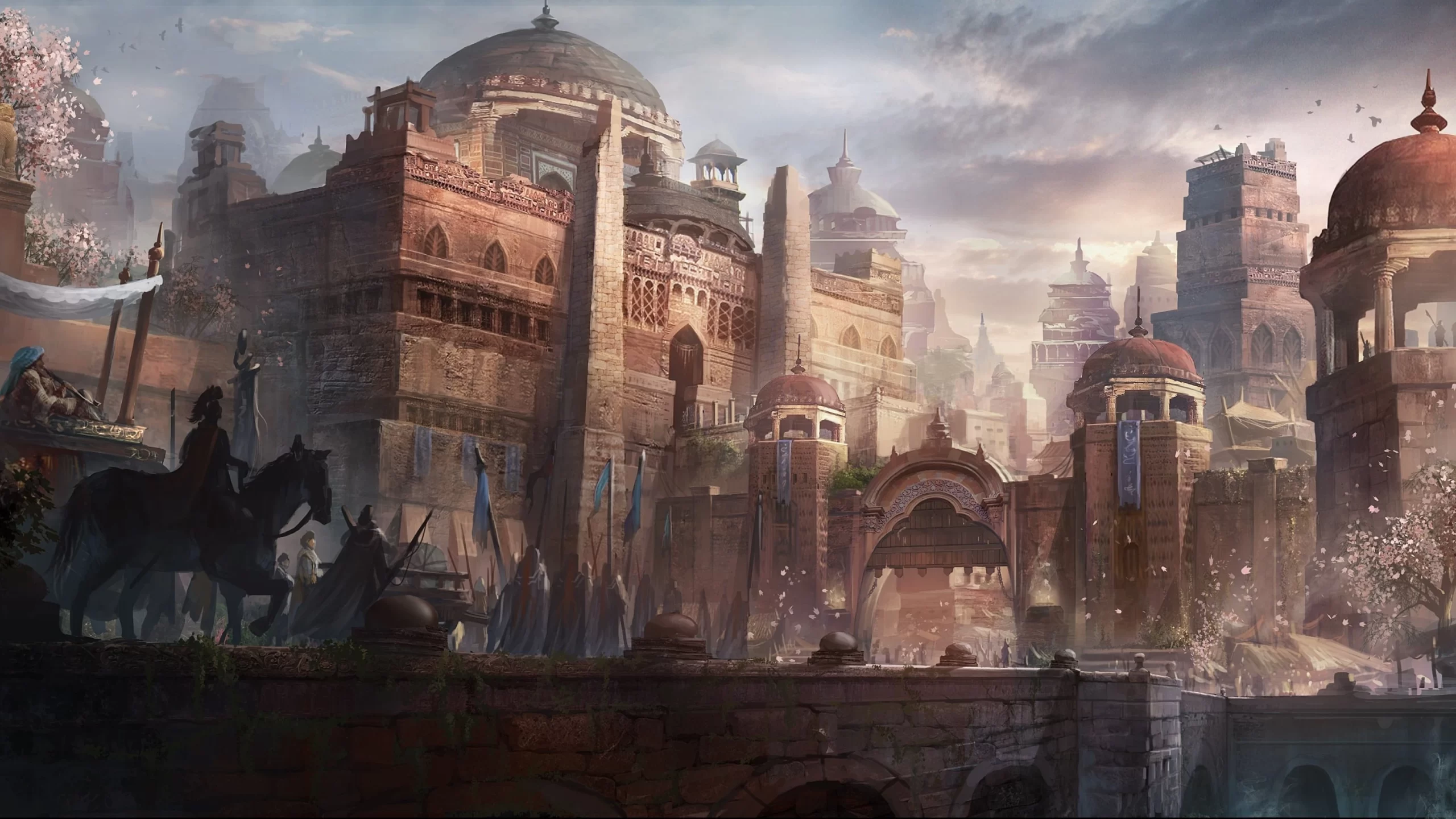
Religion plays a significant role in Volantis, with the city being a center for the worship of R’hllor, the Lord of Light. The Great Temple of R’hllor in Volantis is one of the largest of its kind, drawing followers from across Essos. Volantis’s strategic location, formidable military, and cultural significance make it a key player in the Free Cities and beyond politics as the city navigates the challenges of maintaining its ancient traditions in a rapidly changing world.
“The city thirsts for war.”
—Qavo Nogarys to Tyrion Lannister
Lorath
Lorath, the least known and least populous of the Free Cities in Essos, is a city veiled in mystery and seclusion. Located on the island of Lorath, the city is known for its peculiar geography, featuring twisting mazes and labyrinthine passages that make navigation challenging for outsiders. The Lorathi are a secretive and insular people, and their society is shrouded in traditions and customs that set them apart from the more well-known Free Cities.
The ruling class in Lorath is comprised of the mazemakers, individuals with the knowledge and skills to navigate the complex maze-like structures of the city. These mazemakers hold a unique and respected position, playing a crucial role in Lorathi society. The city is also home to the Moon Singers, a religious order with mystical practices that involve speaking to the moon. The Moon Singers are said to possess unique knowledge and powers, contributing to the enigmatic nature of Lorath.
Lorath’s economy is centered around trade, and the city is known for its unique exports, including precious stones and certain exotic goods. Despite its relative obscurity compared to other Free Cities, Lorath’s mystique and the difficulty of navigating its maze-like streets make it a place of fascination and curiosity for those who venture into Essos.
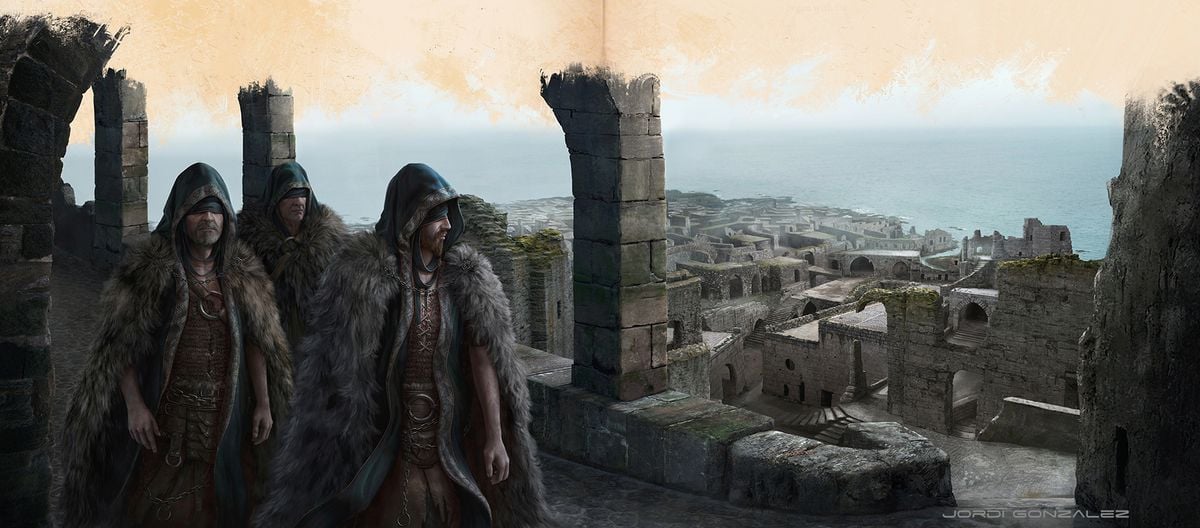
Sources and Further Information
- R. Martin, George. “A Game of Thrones,” Bantam (2002)
- R. Martin, George. “A Clash of Kings,” Bantam (2002)
- R. Martin, George. “A Storm of Swords,” Bantam (2003)
- R. Martin, George. “A Feast for Crows,” Bantam (2011)
- R. Martin, George. “A Dance with Dragons,” Bantam (2011)
- R. Martin, George. “Fire & Blood,” Bantam (2018)
- A Wiki of Ice and Fire
- Wiki of Westeros
- Alt Shift X, YouTube
- Whycreate, YouTube
